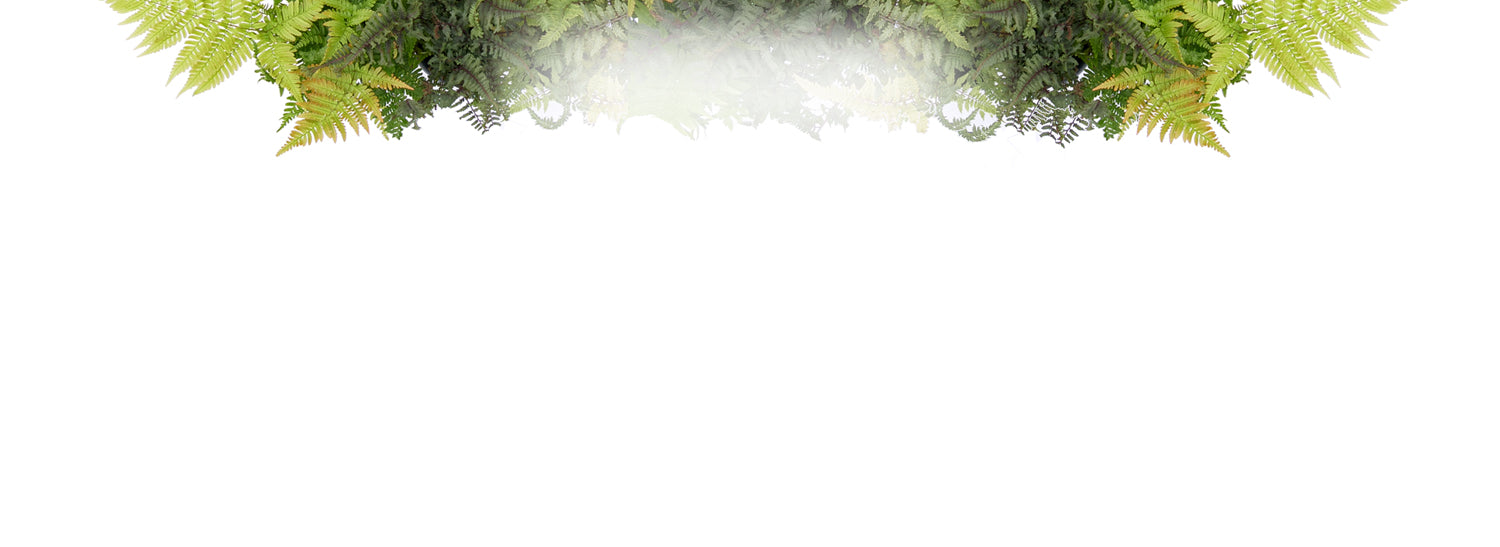Description
Plant spacing is based on the ultimate width of the plants. This figure is normally given as a range; for example, 3-5’. If you live in a cold climate and/or want plants to fill in more quickly, plan to space at the shorter end of the range. If you live in a warm climate, are on a limited budget, or are willing to wait longer for plants to touch, use the higher end of the range. Using the larger number is recommended when calculating distance from a building or structure. There’s really no such thing as "maximum spacing": if you don’t want your plants to touch, you can space them as far apart as you’d like. All plant spacing is calculated on center, or in other words, the centers of the plants are spaced one half of their eventual width apart:

Unless you are planting in a straight line, as you might for hedges or edging, space your plants in a staggered or zig-zag pattern for a more interesting and naturalistic look:

Hand-picked at our greenhouse
Shipped to your door
Arrives as young plant
Learn how to care for lavender plants, when to trim your lavender, growing in pots, which flowers are the most fragrant, and everything else you need to know to grow them like a pro.
I transplanted both of them in my garden and both of them died. They got watered just like with my other plants, but they’re gone now.
We're sorry you're having trouble with your plants. Our team of horticulture experts would love to take a closer look! Please contact us at claims@greatgardenplants.com with your order number and photos of the plants so we can better assist you. All orders are covered by our 60-day guarantee. We look forward to helping! https://bit.ly/ggp-guarantee
Just received a starter lavender plant. covered with plastic bag to keep soil and moisture in during shipment... Very fragrant .. a little smaller than expected... But it is only a starter 🥰. Followed directions and unwrapped it and watered .. was quite thirsty. can't wait to pot it in the recommended 2 to 4 days
Phenomenal® Lavender (Lavandula)
These plants smell great and are ready to grow! Very pleased with my purchase.
Looks great



